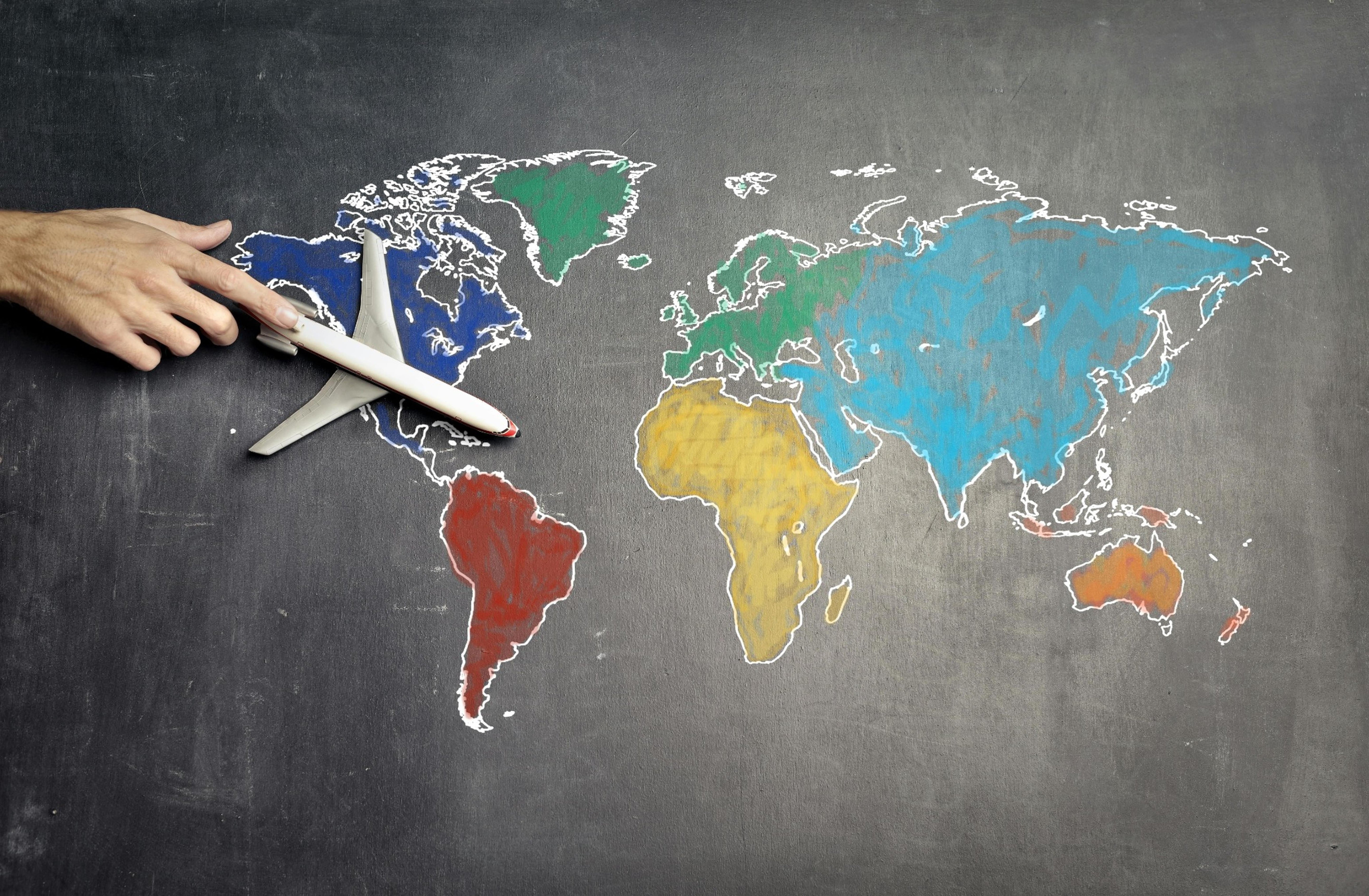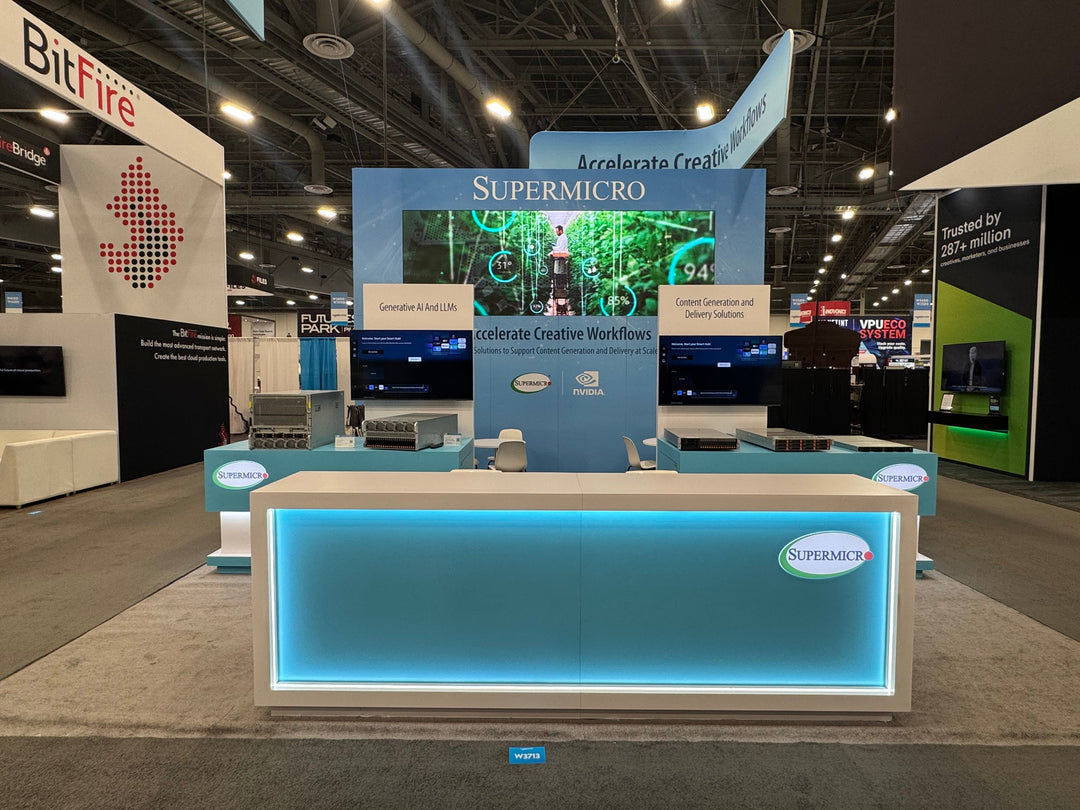Trade shows are powerful opportunities to showcase your brand, connect with new clients, and solidify existing relationships. However, designing a custom booth for international events requires a nuanced approach to ensure cultural relevance, logistical efficiency, and audience appeal. In this blog, we will explore key considerations for cultural sensitivity, logistical planning, and venue-specific adaptations to help you create an impactful booth for global trade shows.
Cultural Considerations for Global Events
1. Understanding Local Preferences
Each culture has its own set of values, symbols, and aesthetics that influence how people perceive and interact with displays. For instance:
-
Color Symbolism: Colors carry different meanings in different cultures. While white symbolizes purity in Western countries, it is associated with mourning in some Asian cultures. Researching these nuances ensures your booth conveys the right message.
-
Design Aesthetics: Minimalist designs might resonate well in Scandinavia, while more vibrant and elaborate displays could attract attention in Middle Eastern markets.
2. Language and Communication
-
Multilingual Signage: Ensure your signage and promotional materials are translated into the primary languages of the region. Working with native speakers can help avoid embarrassing errors.
-
Staff Training: Equip your booth staff with cultural etiquette training and basic language skills to make visitors feel welcomed and respected.
3. Cultural Sensitivities
Avoid inadvertently offending your audience by understanding cultural taboos. For example, certain gestures, imagery, or topics might be inappropriate in specific regions. Collaborating with local experts or consultants can help navigate these complexities.
Logistical Planning for Global Events
1. Shipping and Transportation
-
Customs Regulations: Familiarize yourself with the customs requirements of the host country to avoid delays or fines. Partner with a logistics provider experienced in international shipping.
-
Lightweight Materials: Opt for lightweight and modular booth components to reduce shipping costs and simplify assembly.
2. Electrical and Technical Specifications
-
Voltage and Plug Standards: Ensure your electronic equipment is compatible with the local voltage and plug types. Invest in adapters and converters if necessary.
-
Wi-Fi and Connectivity: Verify the availability and reliability of internet services at the venue. Arrange for dedicated connections if needed.
3. Local Regulations
-
Safety Standards: Comply with local safety and fire regulations. This includes using approved materials and adhering to height restrictions.
-
Permits: Obtain the necessary permits for your booth’s setup and operations.
The Impact of Location on Trade Show Booth Design
1. Venue-Specific Adjustments
-
Space Constraints: Venues in urban areas might have limited space, requiring compact yet impactful booth designs. Conversely, sprawling convention centers allow for larger, more elaborate setups.
-
Lighting Conditions: Indoor venues often provide controlled lighting, while outdoor or older facilities may require additional lighting solutions to ensure visibility.
2. Demographics of Attendees
-
Catering to the Audience: Research the expected demographic profile of attendees. For instance, a tech-savvy crowd may appreciate interactive digital displays, while a more traditional audience might prefer hands-on demonstrations.
-
Cultural Expectations: Tailor your giveaways, messaging, and booth activities to resonate with the local audience’s values and interests.
Planning for Outdoor Trade Show Booths: Design and Logistics
Outdoor trade shows present unique challenges that require creative solutions to ensure your booth stands out and performs effectively under varying conditions.
1. Weather Preparedness
-
Durable Materials: Use weather-resistant materials that can withstand rain, wind, or intense sunlight. UV-protected graphics and waterproof fabrics are essential.
-
Canopies and Tents: Invest in high-quality canopies or tents to protect your booth and visitors from the elements.
2. Lighting and Power
-
Portable Lighting: Incorporate battery-powered or solar lighting to maintain visibility in low-light conditions without relying on external power sources.
-
Generators and Backup Power: Have a portable generator or power bank on hand to support electronic displays and charging stations.
3. Portability and Ease of Setup
-
Modular Designs: Choose booth components that are easy to transport, assemble, and disassemble. Modular designs offer flexibility for varying layouts.
-
Compact Packaging: Efficiently pack your booth elements to minimize transport costs and streamline the setup process.
Conclusion
Designing a custom booth for international trade shows involves balancing creativity with practical considerations. By accounting for cultural sensitivities, tailoring designs to venue-specific needs, and preparing for logistical challenges, your booth can leave a lasting impression on a global audience. Whether you’re showcasing at an indoor convention center in Europe or an outdoor fair in Asia, thoughtful planning and execution are key to achieving success.
Partner with our custom booth design experts to bring your vision to life. From cultural insights to logistical solutions, we’re here to ensure your brand shines on the global stage.





